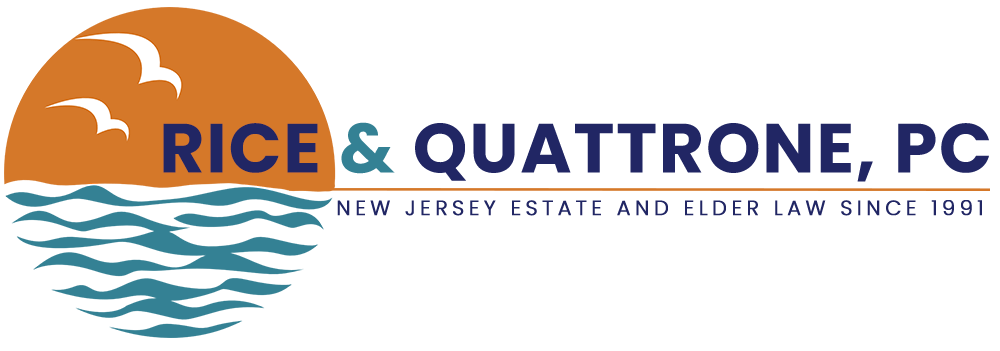A trust can be an important tool in your estate plan. Choosing a living trust gives you the flexibility you will not get if you choose an irrevocable one.
You cannot predict the future, so being able to access assets or alter the trust terms is often a good option to keep in reserve. The disadvantage is that you will sacrifice some protection, such as from creditors, in exchange for flexibility.
There are three main ways to move assets into living trusts, also known as funding the trust:
1. Designate the trust as the beneficiary
Specific forms of retirement accounts, medical savings accounts and life insurance allow you to designate a beneficiary. When you die, the asset does not pass through probate but transfers directly to the beneficiary. If you make the trust the beneficiary, that is where the asset will go.
2. Make the trust the title holder
You can put the trust as the title holder of certain assets instead of yourself. Bank accounts, stocks, bonds, non-IRAs and some retirement plans may be eligible for this treatment.
3. Assigning ownership
In some cases, you need to write in the trust document that the trust now owns a particular asset rather than you. You can do so for physical objects, such as a marble statue, valuable painting or your diamond necklace, as well as rights, such as the right to royalties or the mineral rights for a piece of real estate.
If you believe you could benefit from a living trust, seek estate planning guidance to find out more.
